“Resilience across writing is a good way to get out of the fog and light up your life” says Boris Cyrulnik, neuropsychiatrist and writer, having lost both his parents at the age of five, is a living model of how one develops resilience and can overcome the major dramas of life. When the word “resilience” was first used in physics it referred to a body’s ability to absorb an impact. Transformed to the human psyche, it is the capacity to transcend from traumatic experiences. Brené Brown defines resilience as a character quality “ it is how we fold our …
Author: duygubruce
A most wonderful example of cognitive dissonance theory of psychology, written in such a delightful fable by La Fontaine. Rosy and ripe, and ready to box, The grapes hang high o’er the hungry Fox He pricks up his ears, and his eye he cocks. Ripe and rosy, yet so high! He gazes at them with a greedy eye, And he knows he must eat and drink or die. When the jump proves to be beyond his power “Pooh!” says the Fox. “Let the pigs devour Fruit of that sort. Those grapes are sour!” Translated by: William Trowbridge Larned …
How the Medicinal Herbs Grew in the Temple of Solomon — the Farther Mosque which Solomon visited daily for devotion and to guide the devotees During his prophecy, David received a Divine order which ordained that his son, Solomon should build a temple. Set out to fulfill this order, Solomon began constructing the temple which would be renowned as the Temple of Solomon. Also later known as the Farther Mosque, it would preserve its unprecedented standing in history. Rumi recounts the blissful story of Solomon’s Temple in his Mathnawi, and says that plentiful stones needed in the construction were fetched …
A most sincere and heartwarming watch on compassion: Karen Armstrong’s reward winning TED Talk. You can read more on compassion here: Seeking Small Acts of Goodwill
Marcelo Gleiser, the award-winning professor of physics, explores the moving cosmos in his book The Dancing Universe : From Creation Myths to the Big Bang : Physics is a game played with nature. He proclaims that science and spirituality are tightly knit. Here is what they have in common : The laws of causality govern both. In each domain, everything happens with a cause. We must use reason to understand both. Observation and experience are necessary to understand a happening. They aim to integrate their knowledge to real life scenarios. Their quest is reaching the Truth. He quotes from …
How to be happy? Where? With whom? When do we get happy? The question is asked as long as we are alive. We do evaluations and measurements of our happiness; then we may occasionally reach a conclusion : somewhat happy, sometimes happy, more or less happy, in the past or present, or will be in the future… We remember the last time we were happy, or it happens that we fantasize a possible future happiness. Sometimes we measure with what we have, sometimes we measure it as an extent of our expectations being fulfilled or just obtaining what we …
A sacred Indian myth tells us how we can pursue our life goal by action. Bhagavad Gita which dates back at least 300 years before Christ, is preserved and considered a masterpiece above all Indian doctrines ever since. It is composed of 700-verse epic dialogues between Prince Arjuna and Krishna, Arjuna’s guide and charioteer. The scene takes place on the eve of an expected battle between two huge armies – Pandava brothers and their cousins who have cheated the Pandavas of their rightful kingdom. The Prince, in a state of conflicting morals and emotional despair is unwilling to pursue …
Rose petals let us scatter And fill the cup with red wine The firmaments let us shatter And come up with a new design The first post of this blog opens with Hafez (circa 1320-1389), a master of Persian poetry who composed some 500 ghazals in praise of his Beloved. Early Years Born in Shiraz as Khajeh Shamseddin Mohammad, he later took the pen name Hafez (Hafiz) for he had memorized the Qu’ran in his teens, as well as the many works of Saadi, Attar, Rumi and Nizami. The details of his life especially of his early years are …






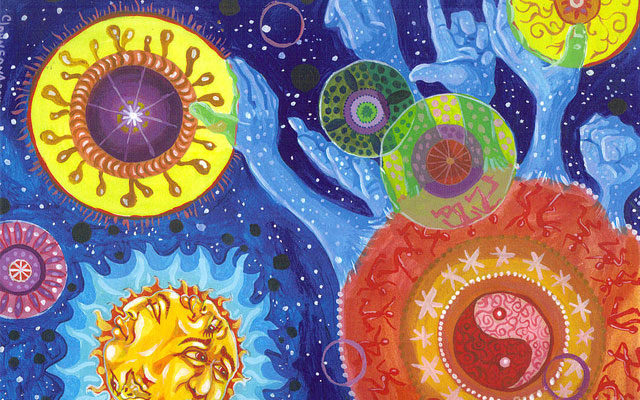
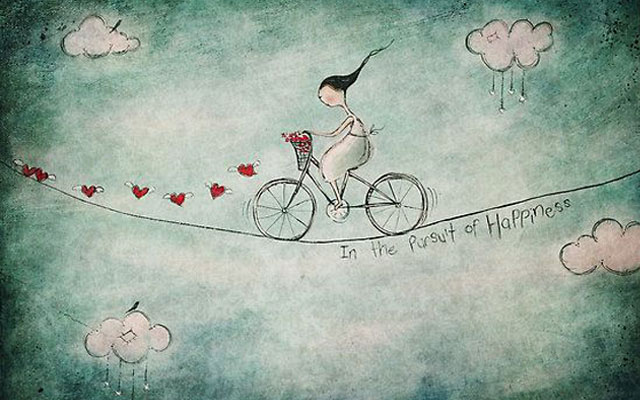
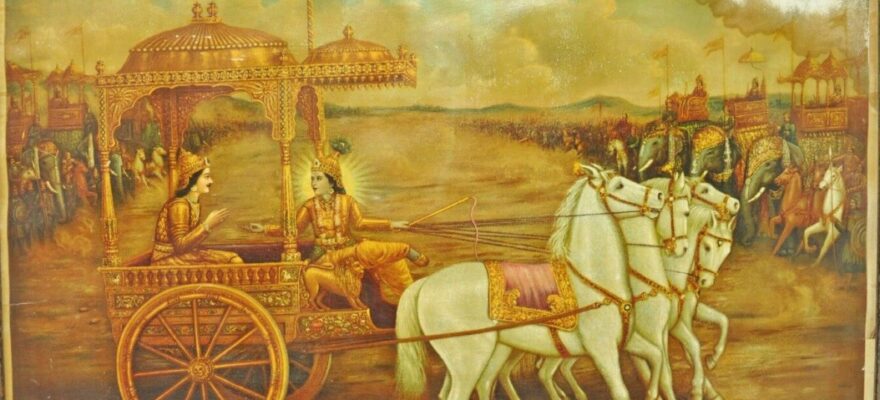
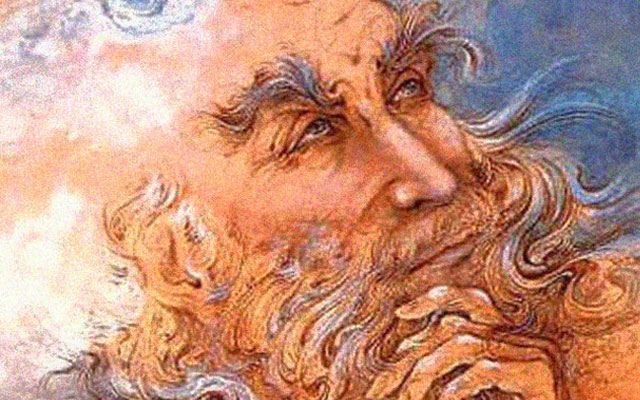
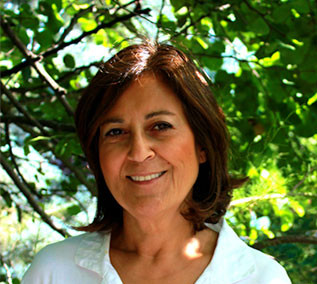




Social Profiles